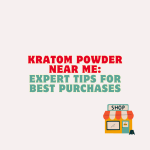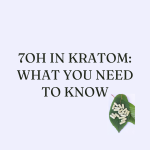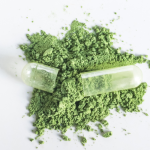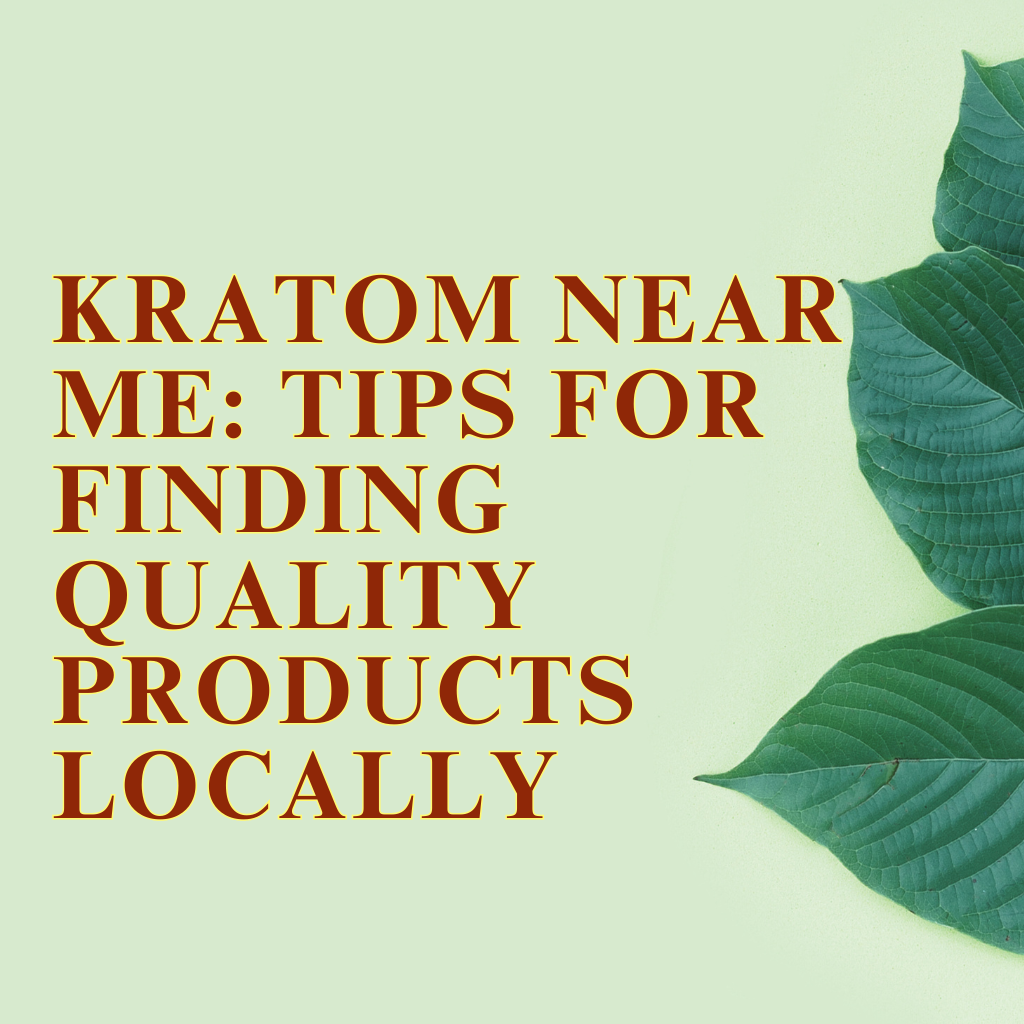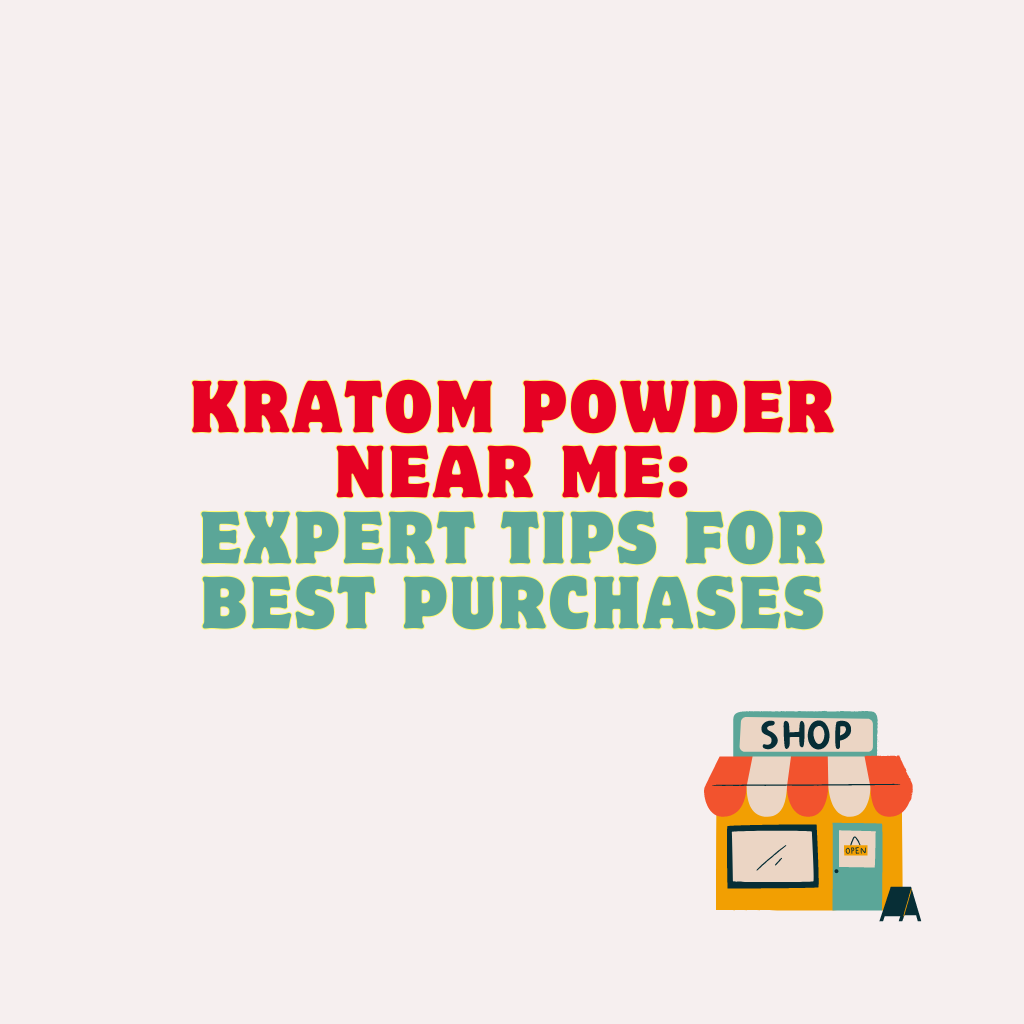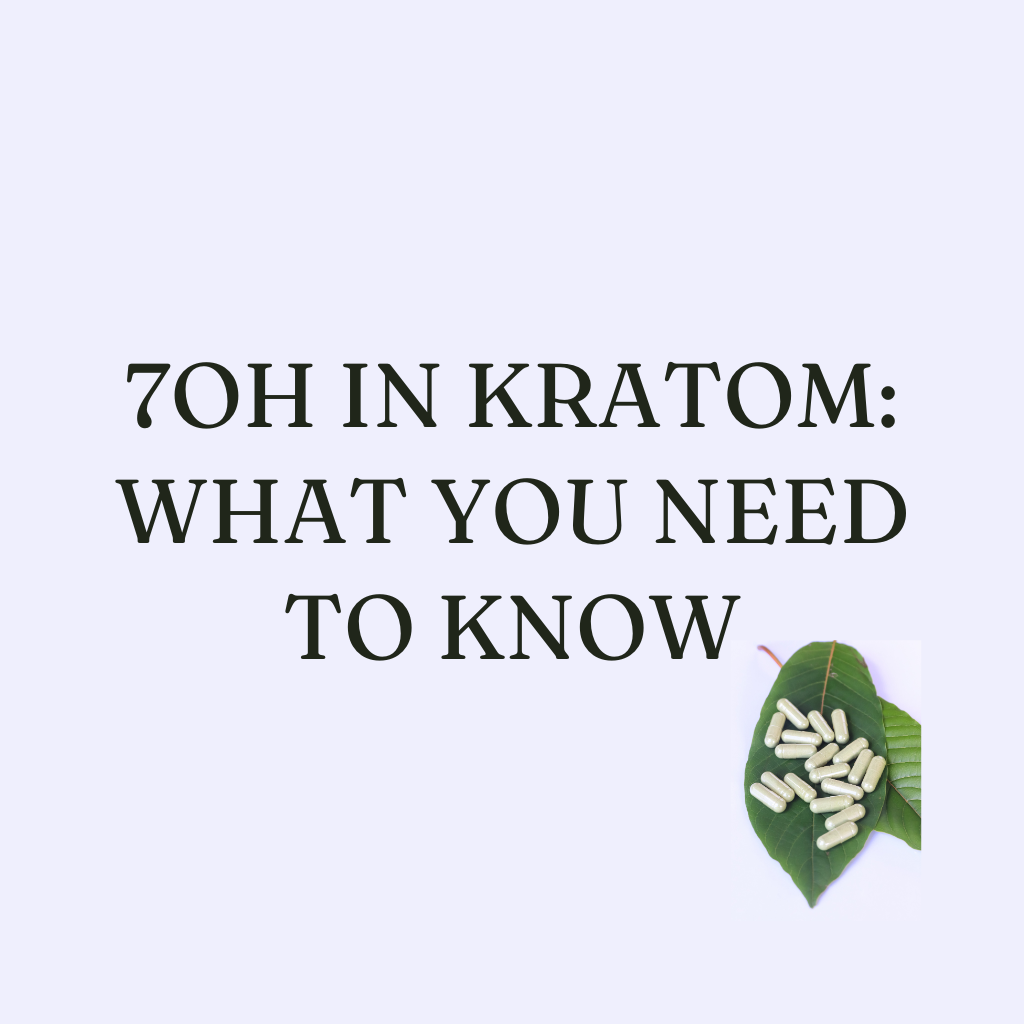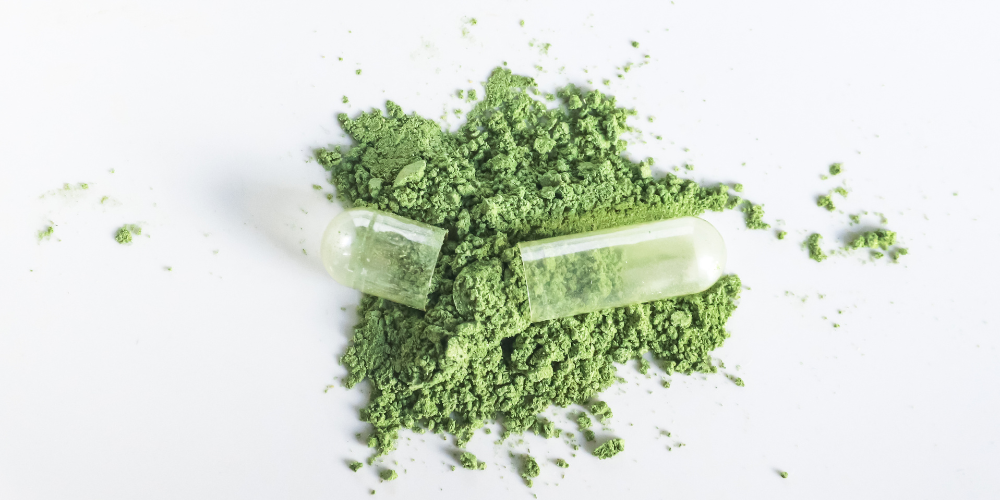
Free Shipping on Orders Over $75!
JOIN OUR EMAIL LIST FOR 20% OFF, weekly coupons up to 30% OFF
Is Kratom an Opioid? Get Informed!

Advocates believe kratom to be an effective treatment for various issues, from opioid withdrawal to ADHD. If you have been looking into it as an alternative way to help manage your own medical complaint, you may be wondering, “is kratom an opioid?”
Kratom has been the subject of a hot debate over the last several years. The FDA has been stubborn in its insistence that kratom is an opioid that doesn’t have any safe medical benefits. However, those critical of the FDA’s research have pointed out numerous flaws in their studies. Kratom has been praised by many as an effective discomfort management tool that does not produce dangerous side effects.
Keep reading for more information on how the benefits of Kratom may help you.
Is Kratom an Opioid?
While the FDA has closed the book on the topic for themselves, there is still much debate about whether kratom is genuinely an opioid. At their core, opioids are a class of drugs used to relieve moderate to severe pain.
These drugs include well-known names like Oxycontin, Vicodin, and Percocet. Opioids work by binding to opioid receptors in the brain, spinal cord, and other areas of the body to block pain messages from reaching the brain.
Opioids are highly effective in treating chronic severe pain, but they also carry extreme risks. The body quickly adjusts to them, which requires a person to increase the dose over time to have the same effects. Addiction is highly likely, and withdrawal from these drugs can be deadly in itself.
Kratom Vs. Opioids: What’s the Difference
Opioids are serious drugs, and there are essential differences between these substances and kratom. Kratom is an “atypical opioid,” according to Andrew Kruegel, Ph.D., an associate research scientist at Columbia University. Kratom binds to all the same opioid receptors but works through different brain pathways than opioids.
Kratom, also called Biak, Ketum, or Thom, is an herbal substance derived from the leaves of the tropical tree Mitragyna speciosa. The tree is a relative of the coffee tree and native to Southeast Asia. Traditionally, those local to the regions where it grows would chew the leaves for discomfort relief and increased energy.
How kratom is used includes teas, pills, tablets, or extracts, though there are many ways to consume it. Small doses have an energizing effect, while larger doses produce an opiate-like effect that reduces discomfort and causes feelings of pleasure and sedation. The stimulating effects are produced by mitragynine, which interacts with other receptors in the brain to cause alertness and sociability.
How kratom works is still the subject of study. Researchers now know it provides relief from body discomfort. Unlike opioids, kratom acts as both a depressant and a stimulant, and many people find it useful in managing symptoms of a range of issues.
As a substance found in nature, Kratom is more on par with the CBD found in hemp and marijuana plants than with pharmaceutical opiates. Like CBD, many people believe it to be safe, especially when compared to the dangers of opiate use. However, kratom does have some side effects that have contributed to some researchers’ hesitations.
Some users report:
- Nausea
- Sweating
- Dry Mouth
- Itching
- Constipation
- Increased Urination
- Decreased Appetite
- Hallucinations
- Seizures
There are some preliminary reports of addiction and overdose in kratom users. However, these reports do not exclude people who were simultaneously ingesting other more dangerous substances like cocaine, fentanyl, and benzodiazepines. Therefore, it is not clear whether there are any serious long term effects of kratom use.
Kratom addiction is hotly debated, with many people believing it is no more serious than an addiction to coffee. Those who consume a large amount of it regularly will notice some adverse effects when they stop. These symptoms are unlikely to be life-threatening. Even those who use it regularly rarely experience withdrawal-like symptoms.
Does the FDA Claim Kratom is an Opioid?
There was a time when the FDA did not take such a hard stance against kratom. At one point, the organization referred to kratom as “like narcotics in that it produces similar effects.” However, they are now clear about their position on kratom. They believe it to be an opioid with no medical benefit and can cause adverse effects in humans.
Criticism of FDA Kratom Research
Kratom advocates were rightly put off by the announcement from the FDA. They took issue with how the FDA conducted research on the subject and resented its attempt to align kratom with more serious drugs like heroin. Kratom’s pharmacology is no mystery, and the FDA’s ruling seems to be somewhat misaligned.
Part of the confusion comes from the method through which the research on kratom was done. The FDA used computer modeling, which is essentially a virtual test, to determine the effects on the human body. While these tests are standard in the FDA, they are usually part of the preliminary testing phase. As a result, they don’t usually inspire such a hard stance against a substance.
The two compounds in kratom that are responsible for producing its therapeutic effects are called 7-hydroxymitragynine and mitragynine. The opioid-like effects of these compounds have been known for a while. This foreknowledge raises questions about why the FDA classified kratom as an opioid so recently. The FDA is likely taking a strong stance on the subject to protect public health while more research is conducted.
The Problem with the Opioid Classification
Even if the FDA later decides that kratom is not dangerous, classifying it as an opioid now presents some problems. Many people feel that the classification is part of a concerted effort to make kratom illegal. As it stands right now, there are no federal laws regulating kratom production, sale, or use.
However, with the FDA classification, the DEA could easily list kratom as a schedule I substance. According to the DEA, Schedule I substances have no reported use except as a means to get “high.” In 2016, the DEA expressed intent to place 7-hydroxymitragynine and mitragynine on the schedule I list of drugs. The organization withdrew that notice after two months.
If the DEA were to put kratom on the schedule I drug list, it would make sale and possession illegal. Kratom would then remain on that list for at least two years. This would be a disservice to those who rely on kratom to relieve symptoms related to opiate withdrawal.
Kratom for Opioid Withdrawal
Kratom has become a wildly popular substance in the United States over the last several years. This increase in popularity hasn’t happened for no reason. The United States has seen an opioid epidemic that caused the death of nearly 50,000 people in 2019.
With such a high prevalence of opiate abuse in the U.S., it makes sense that people everywhere are searching for ways to curb their addiction for good.
Try Kratom For Yourself
While the FDA has taken a hard stance against kratom as a viable option for managing some health conditions, it’s clear the story isn’t over. Thousands of kratom users worldwide report positive results in treating a wide range of conditions. The research just hasn’t caught up with them yet.
Since the FDA doesn’t regulate kratom, you have to be sure you’re getting it from an excellent source. At Kratom Krush, we offer a wide range of high-quality kratom varieties available as powders, teas, capsules, extracts, and tablets. Our detail-oriented five-star customer service agents are there to help find the best strain for you. Visit our site now to learn more about how kratom can benefit your life.
Did like a post? Share it with:
nimesh
Search
Table of Index
Post Categories
Related Posts
Where to buy kratom near me is a question that many users find themselves asking when looking for quality products
Finding the best Kratom Powder near me can feel difficult with so many options available locally. But steering through stores
Are you one of those scrolling on the internet for ‘7ALKS near me’? Are you looking for 7ALKS, 7-Hydroxy 15mg
7OH, or 7 hydroxymitragynine, is a significant alkaloid found in kratom that plays a crucial role in its effects. This
Curious about 7OH kratom? You’re not alone. As more people explore different botanical products, 7 hydroxymitragynine (7OH) has emerged as
Have you ever accidentally over-consumed kratom and experienced a hangover? Well, the good news is they’re easily avoidable. A kratom
Disclaimer
Must be 21 years or older to purchase kratom. Products are not for internal use. The US FDA Has Not Approved Kratom as a Dietary Supplement. We do not ship to the following states, cities and counties in the US where Kratom is banned Alabama, Arkansas, Indiana, Rhode Island, Tennessee, Vermont, Wisconsin. Sarasota County, Union County, Denver, San Diego. All sales should be 100% U.S. sales only.
Consult with a medical professional before use if taking prescription medication or affected by a serious medical condition. Always seek medical advice before using this or any other supplemental dietary product. These statements have not been evaluated by the Food and Drug Administration (FDA).
© 2025 Kratom Krush. All Rights Reserved.Privacy PolicyTerms & Conditions


